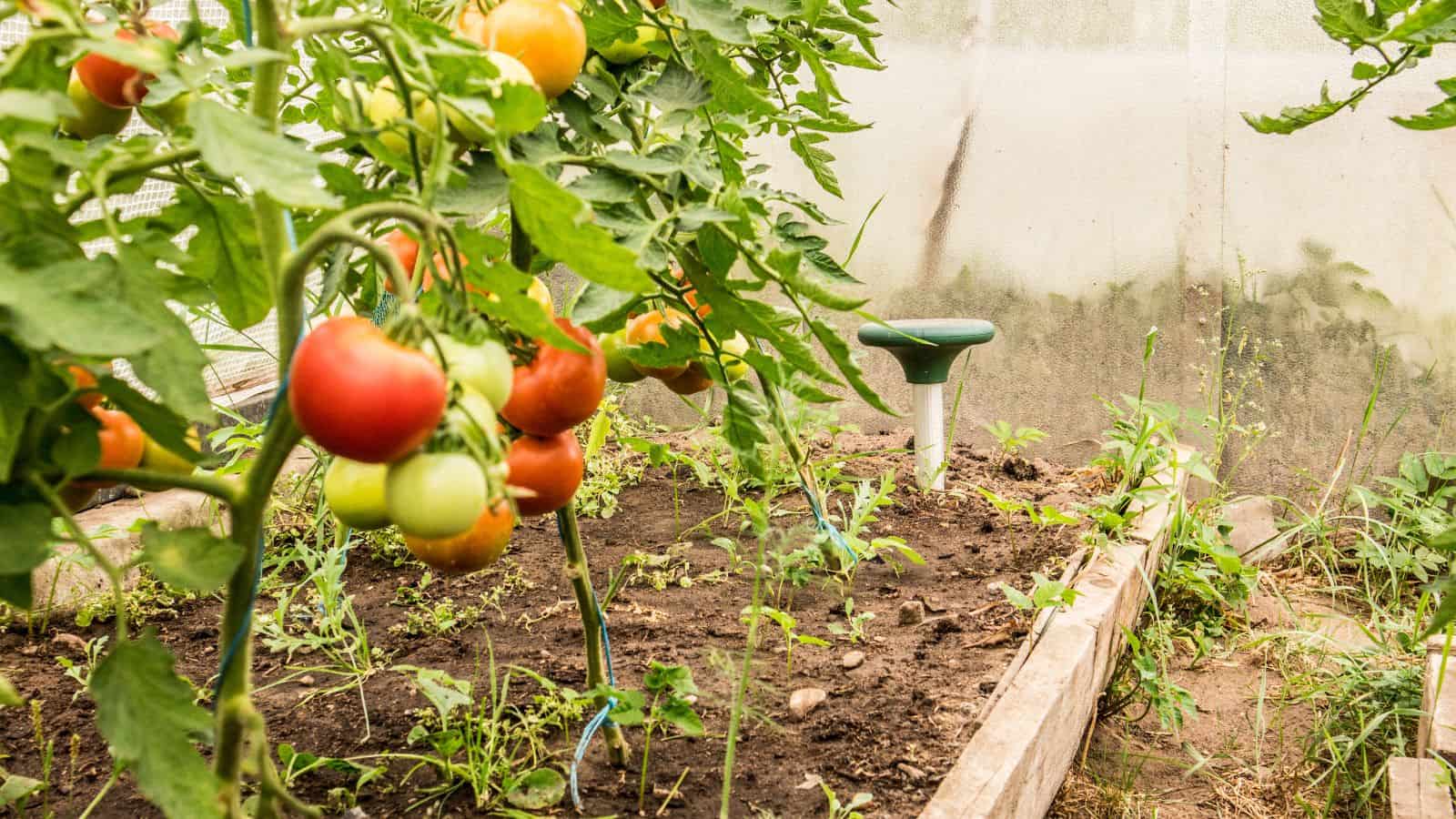Companion planting is a time-tested gardening technique that involves growing different plants together to enhance growth, deter pests, and improve the overall health of your garden. By strategically placing compatible plants next to each other, you can create a more balanced ecosystem that supports thriving vegetables and reduces the need for chemical interventions. Here’s a guide to some of the best companion plants for your vegetable garden and how they can work together to maximize your harvest.

Benefits of Companion Planting
Before diving into specific pairings, it’s important to understand why companion planting is beneficial. This method can help you:
- Repel Pests: Certain plants naturally deter harmful insects, protecting their neighbors from damage.
- Attract Beneficial Insects: Some plants attract pollinators and predatory insects that help control pests.
- Improve Soil Health: Companion plants can enhance soil nutrients, fix nitrogen, or improve soil structure.
- Maximize Space: By combining plants with different growth habits, you can make the most of your garden space.
Classic Companion Planting Combinations
There are several classic combinations of vegetables and companion plants that have been proven to work well together. These pairings are based on years of gardening experience and observation.
Tomatoes and Basil
Tomatoes and basil are a classic combination, not just in the kitchen but in the garden as well. Basil helps repel tomato hornworms and other pests that can damage tomatoes. Additionally, growing basil near tomatoes is believed to enhance the flavor of the fruit.
- Basil Benefits: Repels pests like aphids and tomato hornworms, and improves the flavor of tomatoes.
- Other Good Companions: Marigolds, which also repel pests, and carrots, which can help improve soil aeration.
Carrots and Onions
Carrots and onions are natural companions that benefit each other in several ways. Onions help deter carrot flies, while carrots can help aerate the soil, making it easier for onions to grow. Planting these two together also maximizes garden space, as onions grow vertically and carrots grow downward.
- Onion Benefits: Repels carrot flies and other pests.
- Other Good Companions: Leeks and garlic, which have similar pest-repelling properties.
Beans and Corn
Beans and corn are a traditional pairing often seen in Native American gardening practices, such as the “Three Sisters” method. Beans fix nitrogen in the soil, which corn uses for growth. The corn provides a natural trellis for the beans to climb, making this combination both space-efficient and beneficial for soil health.
- Bean Benefits: Fix nitrogen in the soil, enriching it for corn.
- Other Good Companions: Squash, which can be planted at the base of corn to help retain soil moisture and suppress weeds.
Cucumbers and Nasturtiums
Nasturtiums are a great companion for cucumbers. They act as a trap crop, luring aphids and other pests away from cucumbers. Additionally, nasturtiums attract beneficial insects like predatory wasps, which can help keep the pest population in check.
- Nasturtium Benefits: Attracts aphids away from cucumbers and lures beneficial insects.
- Other Good Companions: Radishes, which can help deter cucumber beetles.
Lettuce and Radishes
Lettuce and radishes are excellent companions because they grow well together in close quarters. Lettuce helps shade the soil, keeping it cool and moist, which radishes prefer. Meanwhile, radishes help loosen the soil, making it easier for lettuce to develop healthy roots.
- Lettuce Benefits: Provides shade and helps retain soil moisture.
- Other Good Companions: Carrots, which also benefit from the cool, moist conditions provided by lettuce.
Pest-Repelling Companion Plants
Some plants are particularly effective at repelling pests, making them valuable additions to your vegetable garden. Incorporating these plants can help protect your crops without the need for chemical pesticides.
Marigolds
Marigolds are perhaps the most well-known companion plant for pest control. They release a substance that repels nematodes, aphids, and other harmful insects. Marigolds are especially beneficial when planted near tomatoes, peppers, and beans.
- Benefits: Repels nematodes, aphids, and other pests.
Garlic
Garlic is another powerful pest deterrent. Its strong smell confuses and repels a variety of insects, including aphids, Japanese beetles, and spider mites. Garlic can be planted around most vegetables but is especially beneficial near tomatoes, cabbage, and carrots.
- Benefits: Repels a wide range of pests, including aphids and spider mites.
Dill
Dill is an excellent companion plant for attracting beneficial insects like ladybugs and parasitic wasps, which prey on pests such as aphids, caterpillars, and mites. Dill pairs well with cabbage, lettuce, and cucumbers, but avoid planting it near carrots, as it can stunt their growth.
- Benefits: Attracts beneficial insects that prey on garden pests.
Borage
Borage is a lesser-known companion plant that can do wonders for your garden. It repels tomato hornworms and cabbage worms, while its bright blue flowers attract pollinators like bees. Borage is particularly beneficial when planted near strawberries, tomatoes, and squash.
- Benefits: Repels tomato hornworms and cabbage worms, attracts pollinators.
Maximizing Garden Space with Companion Planting
One of the key advantages of companion planting is the ability to maximize space in your garden by combining plants with complementary growth habits.
Vertical and Ground-Cover Combinations
Pairing tall, vertical plants with low-growing ground covers can make the most of limited garden space. For example, plant pole beans or peas alongside a low-growing herb like thyme. The beans will grow upwards, while the thyme covers the ground, suppressing weeds and conserving moisture.
Succession Planting
Another way to maximize space is through succession planting, where one crop is planted after another has been harvested. For example, plant lettuce in the early spring, followed by beans or carrots once the lettuce has been harvested.
Conclusion
Companion planting is a powerful tool that can transform your vegetable garden into a thriving, self-sustaining ecosystem. By carefully selecting and placing plants that support each other, you can reduce pests, improve soil health, and increase your garden’s productivity. Experiment with different combinations to find what works best for your specific garden conditions, and enjoy the benefits of a more resilient and bountiful harvest.
